It has been over a month now since I moved to Ahmadabad. The city though, not as lively as it might be in the other big cities of India has an attraction of its own. The fact that you still get to see the regional traditions, culture, and customs strongly followed and given importance to by the people of Ahmadabad has a charm of its own. Even the structures of houses, the clothes people wear and the food people eat have close ties with the regional aspect of things.

As I began to explore and observe more about the city, I realized that it was a common sight to see pottery shops by the roads and all of these shops showcased some of the best artistic décor’s one could imagine and would always want in their home. These were primarily ‘Terracotta pottery’ works which has its roots as late as the Indus valley civilization. It is a fact that ‘terracotta pottery’ work has been found and excavated from the archeological sites of Mohenjo-Daro and Harappa which signifies the longevity and the spread of its culture from time immemorable.
The historical and cultural significance which ‘terracotta pottery’ carries and the beauty and charm it exhibits automatically drew my attention towards it. Each and every time I passed by any of these pottery shops, my eyes involuntarily turned towards the extraordinary clay handicrafts displayed at these shops. At last, I couldn’t hold on to my curiosity any further and decided to make a visit to one of the neighborhoods of these potters to interact with them and understand their life. The first shop I stepped into was Rukshaben’s and she believed me to be a customer and didn’t pay much attention to me as I strolled through her shop and observed the display of pottery they had. It was a normal affair for people to step in and take a look for a while and walk out without purchasing anything! After enjoying the display of such fabulous clay work ranging from show pieces, cutlery for the kitchen to the famous “Mattka” (Pots in which waters is stored for consumption as it has a natural cooling effect) and flower pots,
I went up to Rukshaben to appreciate the beauty of the materials put on display and asked her if I could know more about their work.
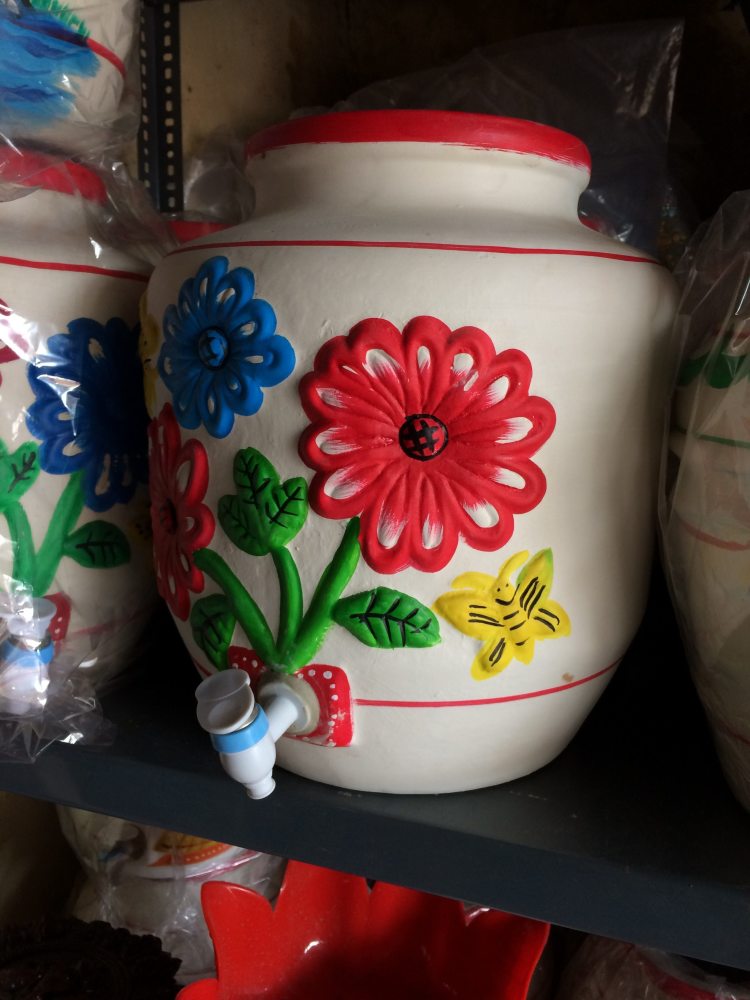

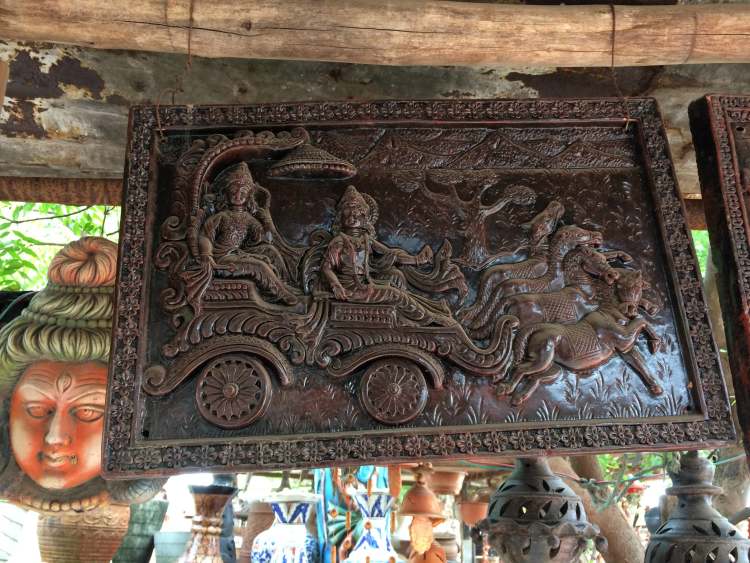
Rukshaben was precluded at what I had spoken, probably because it wasn’t common for her to receive appreciation for the work she had kept on display. She replied “ Hum barso se yaha kaam karte aaye hai, aur aaj tak kissi ne humko pareshan nahi kia aur naa hi kisi ko humse pareshaani hui hai”(we have been working over her for decades and nobody has disturbed our work nor has anybody faced any disturbance here because of the work we carry out). I quickly realized that she mistook me to probably be an official who might have come to inspect their business and create an unnecessary scramble over nothing!
Immediately I made her understand that I was just a normal person with the job of writing and she gleamed with delight and surprise and asked me “Aap humare bare likhoge akhbar mai?”(will you write about us on the paper?), to which I replied I don’t write for any ‘daily’ but write blogs on the internet. She didn’t seem to understand what I said but she was happy about the fact that I was there to write about her shop. She quickly got up from the chair and asked me to follow her. We went past her house through the back door where she opened the door of a small building behind her house which I later realized was their store house.

The room was loaded with amazing clay work even more beautiful than what was kept on display at the shop. She explained to me that the pieces were kept to be delivered to people having their shops in the malls and other big shops in the city and elsewhere to people coming from other states. I quickly realized that the spectacular pieces of “terracotta pottery” that we see in house décor shops and handicrafts stores at the airport and other fancy places came from nowhere but these tiny shops and from highly artistic and skillful people who are hardly thought about in the big cities.
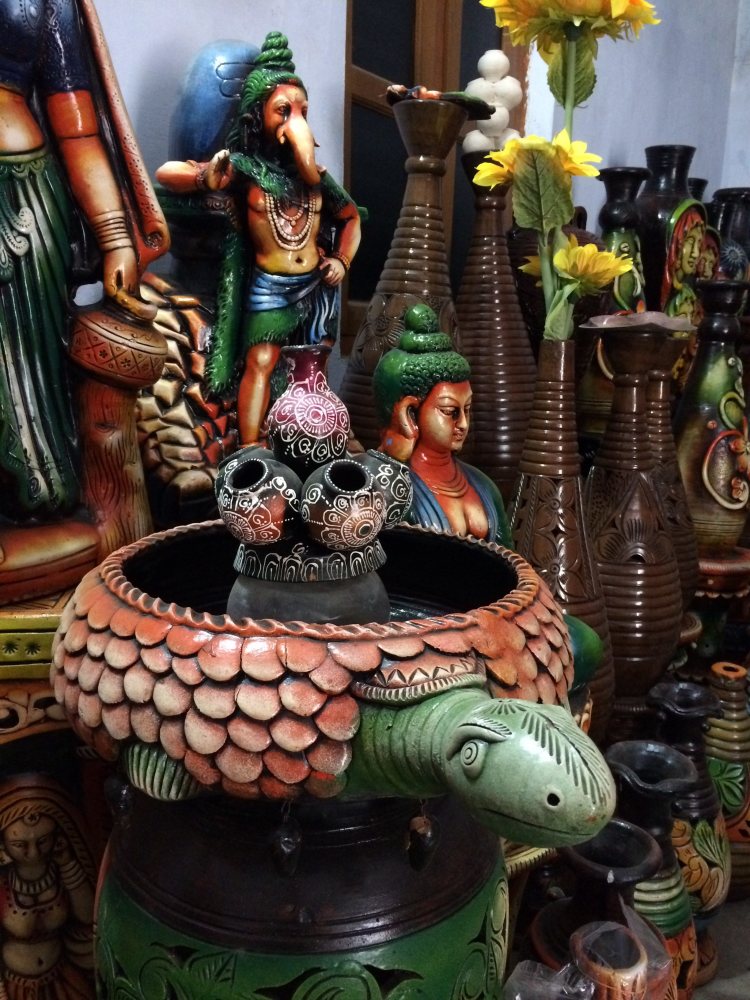
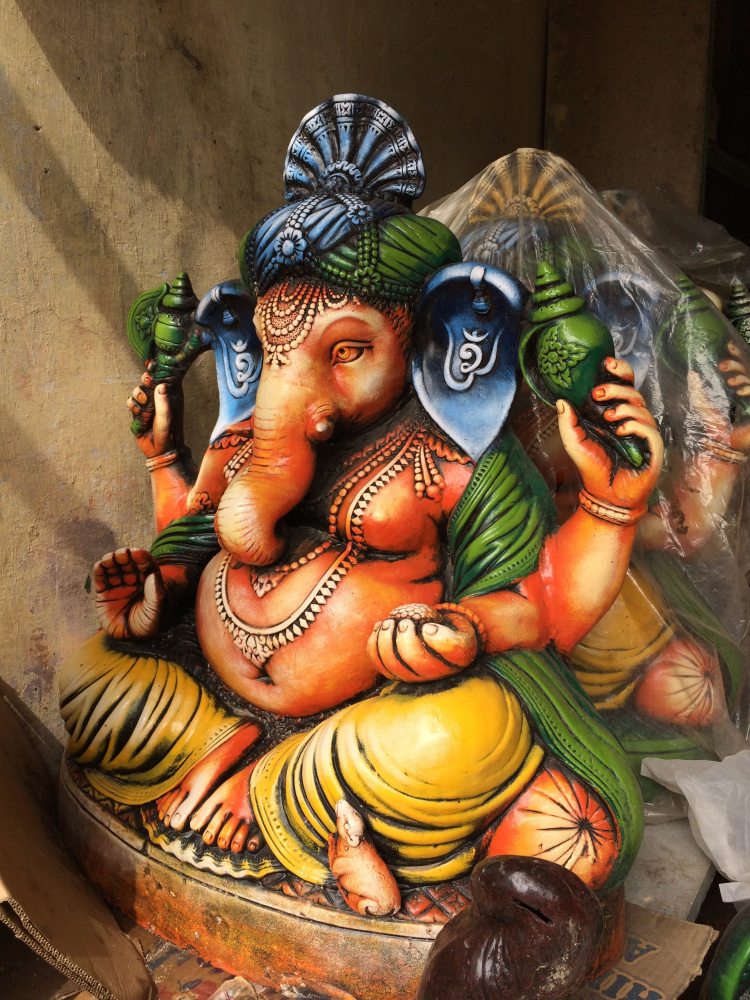
I asked her about the income which their work generated and she replied that it ranged within Rs10,000 a month and at times was lower and at times reached peaks during the seasonal time like “Ganapati Pooja” when they receive a high demand for eco-friendly idols of their dearest Lord which the customers devoured. I realized that the income from the business lacked stability and was directly related to the demand from time to time. At the same time, I felt a pinch in my heart about the exploitation these gifted people went through as a result of the low money they received for their work and the big fat profit earned by the retailers in the big cities who had their fancy and luxurious shops.
Through our conversation, I came to know that the clay in Gujarat was most suitable for this kind of pottery and people engaged in “Terracotta pottery” elsewhere in other states came all the way to Gujarat to take clay back home to carry out their pottery work. All the items made at her shop and other shops likewise is made out of a mixture of black stone and white clay and goes through various processes of heating and drying in the sun.

Rukshaben explained to me that since real estate was picking up around their locality; they have begun to receive more customers who desire to purchase items such as wall pieces and other decorative items for their houses.
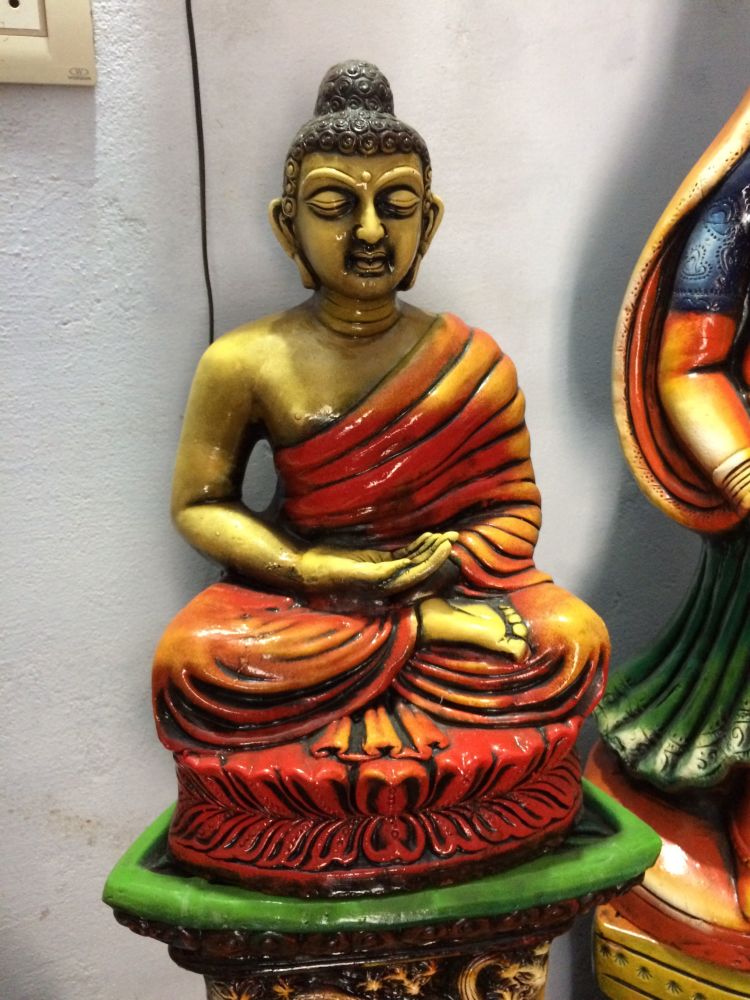 I was at last satisfied to having interacted and understanding the lives of these people who carry out the age old traditions passed on through generations from their ancestors probably as old as people who lived through the Indus valley civilization. I quietly thanked them for their time and effort to make me understand their work and began to make my exit with the thought behind my head “hats off to the honor and pride these artists with natural skills and talent carry in holding on to their traditional work which lingers the beauty of the place and the culture of the people.”.
I was at last satisfied to having interacted and understanding the lives of these people who carry out the age old traditions passed on through generations from their ancestors probably as old as people who lived through the Indus valley civilization. I quietly thanked them for their time and effort to make me understand their work and began to make my exit with the thought behind my head “hats off to the honor and pride these artists with natural skills and talent carry in holding on to their traditional work which lingers the beauty of the place and the culture of the people.”.







